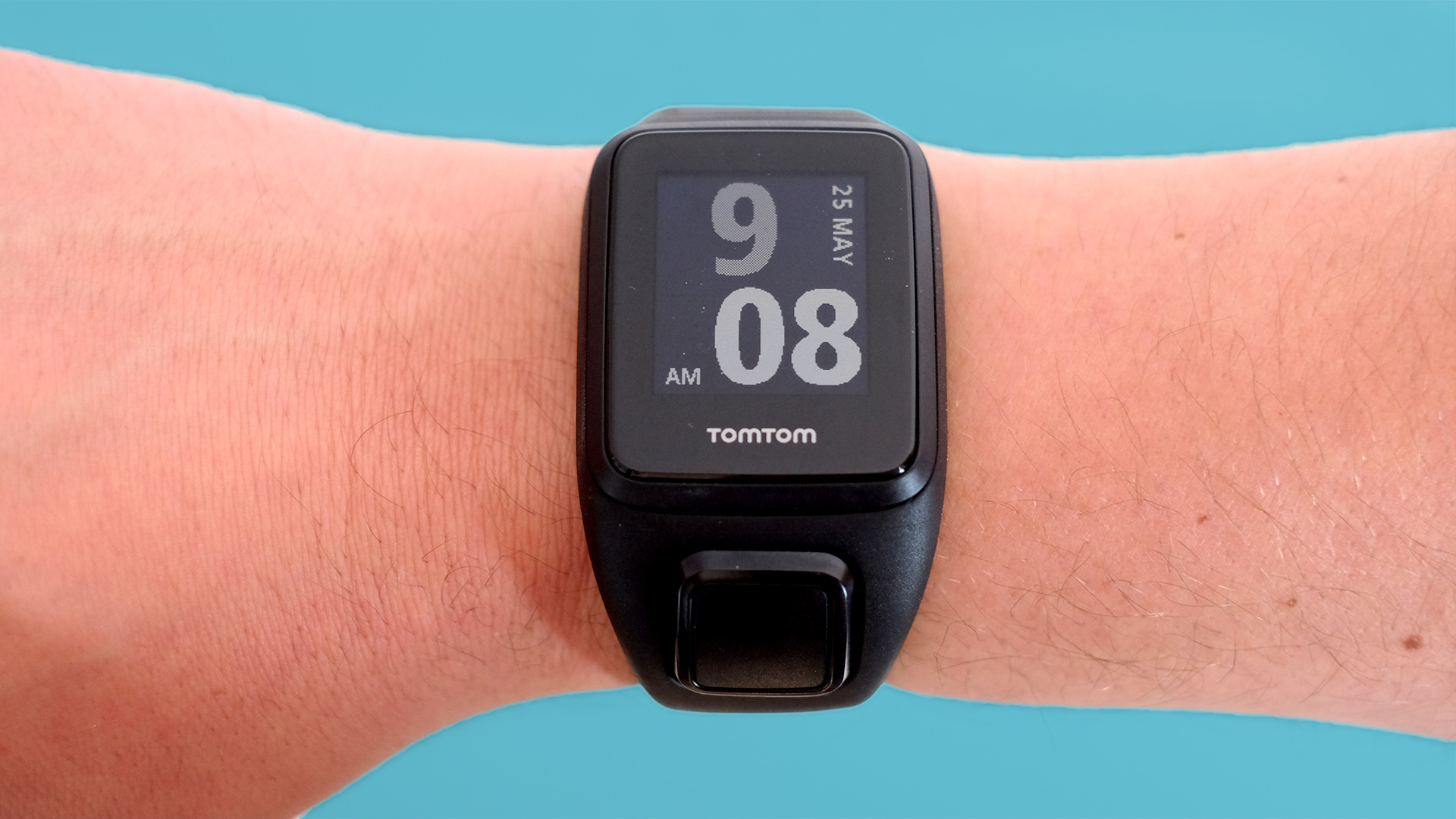Why you can trust TechRadar
Specs, performance and fitness
- Optional heart rate sensor and Bluetooth headphones
- Multi-sport tracking, but no open water swimming
- 5ATM water resistance
- Fair HR performance for running
TomTom sells the Runner 3 with and without Bluetooth headphones and music storage, and with and without a heart rate sensor. Each adds roughly $50/£50 to the price. The headphones have a neckband design and controls on the right earpiece, and they’re easy to set up.
Simply press ‘up’ from the default screen and the TomTom Runner 3 looks for a pair of headphones with which to connect. You put the earphones in pairing mode by pressing the power button until you hear a tone, as with most wireless pairs.
In sound quality terms, though, they’re comprehensively beaten by the $50/£40 (around AU$65) Skullcandy Method Wireless, which are less scratchy and harsh sounding than this pair.
The TomTom Runner 3 seems to be willing to connect to just about any standard Bluetooth set, so the included headphones aren't your only option.
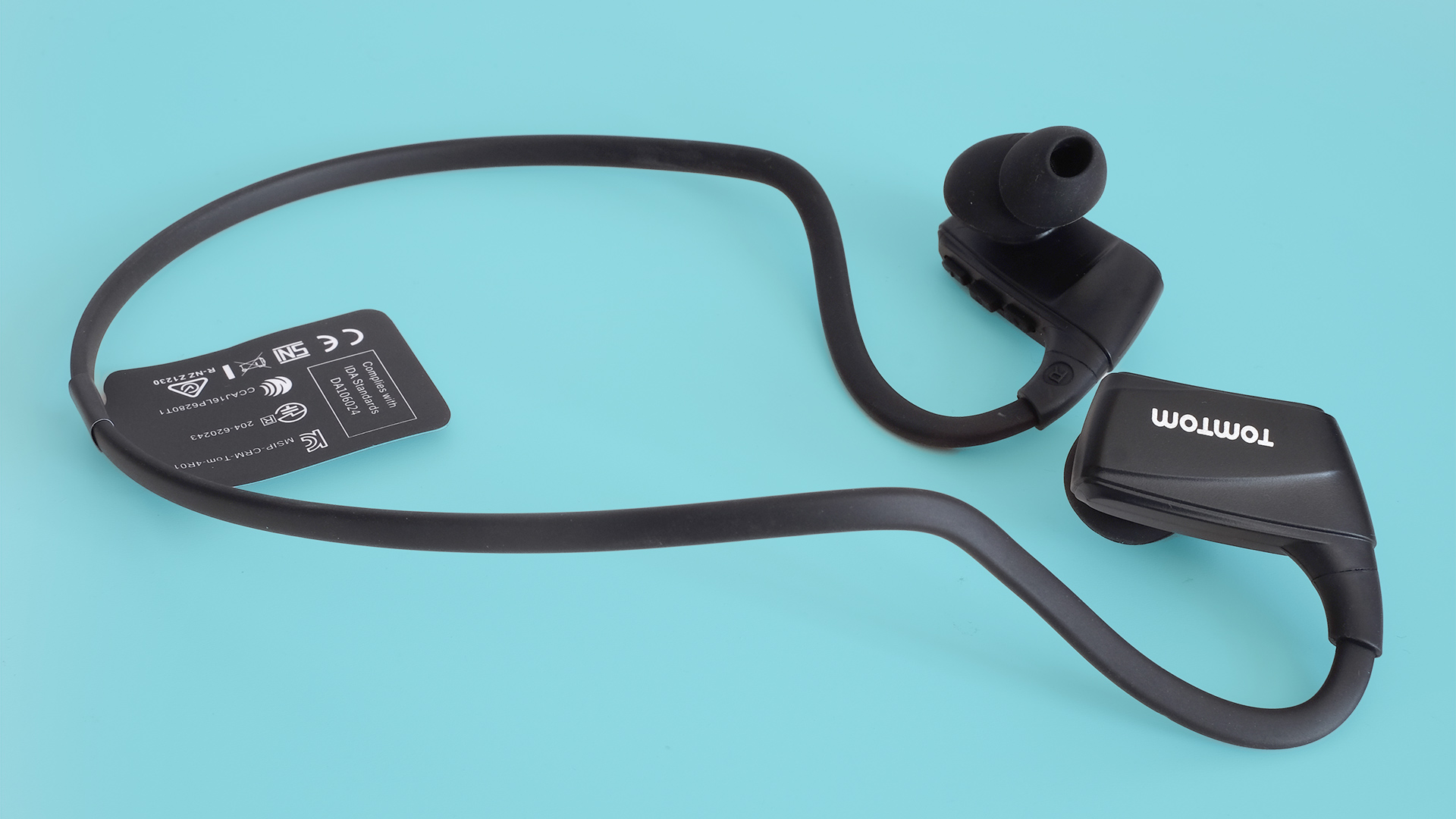
Syncing music is another slightly awkward part of the TomTom Runner 3. You need to connect the watch over USB to a computer, then use TomTom’s desktop sync software to import playlists (rather than albums/tracks) over to the watch.
It should auto-populate any playlists you have in iTunes or Windows Media player, although we spent about half an hour getting the music selection sorted. There’s 3.2GB of space to play with on the Runner 3, enough for 10-20 albums.
The average smartwatch can take on dozens of roles if you get imaginative about it, but the TomTom Runner 3 has about four. We’ve covered one already, a lo-fi music player.
Then there’s a watch, which the TomTom Runner 3 does admirably thanks to its low-power always-on display, although you can’t change the watch face, which uses lightly styled numbers.
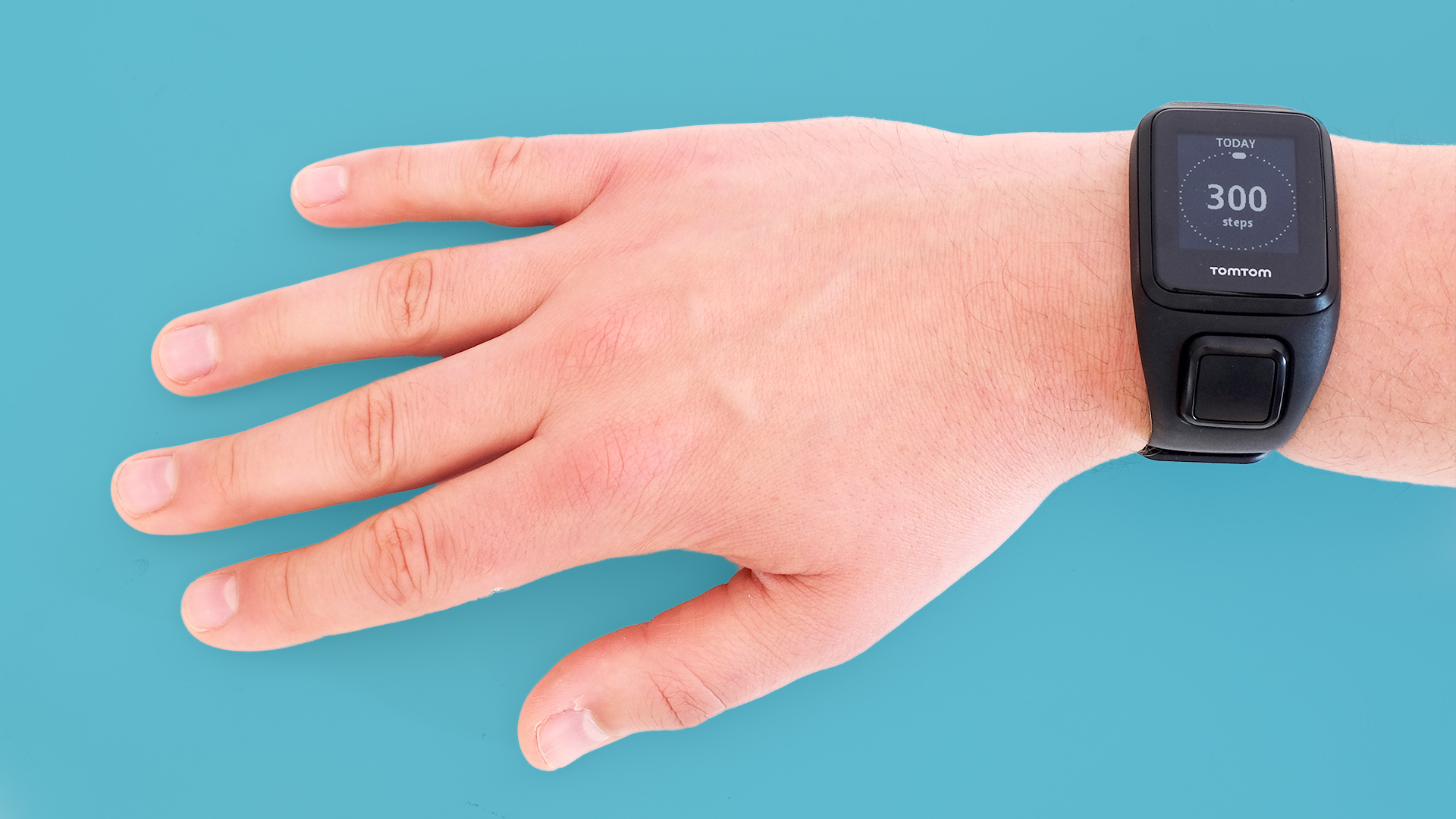
The third job is basic fitness tracker, as the TomTom Runner 3 makes a solid Fitbit-style step counter. Press ‘left’ from the clock face and you’ll see your step count for the day. Press it again and you’ll see the count for the week.
The final and most important role for the TomTom Runner 3 is the GPS exercise tracker. Press ‘right’ from the clock screen and you reach the activity list. There’s a bunch. Those that use GPS include running, cycling and freestyle, which is (as it sounds) tracking of no specific exercise.
There are also non-GPS modes for indoor cycling, swimming, treadmill running and the very simple stopwatch. One omission may put off a few of you - there’s no GPS tracking for outdoor swimming, although you should be able to use the running mode if you just want distance tracking.
The Runner 3 is water resistant to five atmospheres, making it ready for swimming, just not diving.
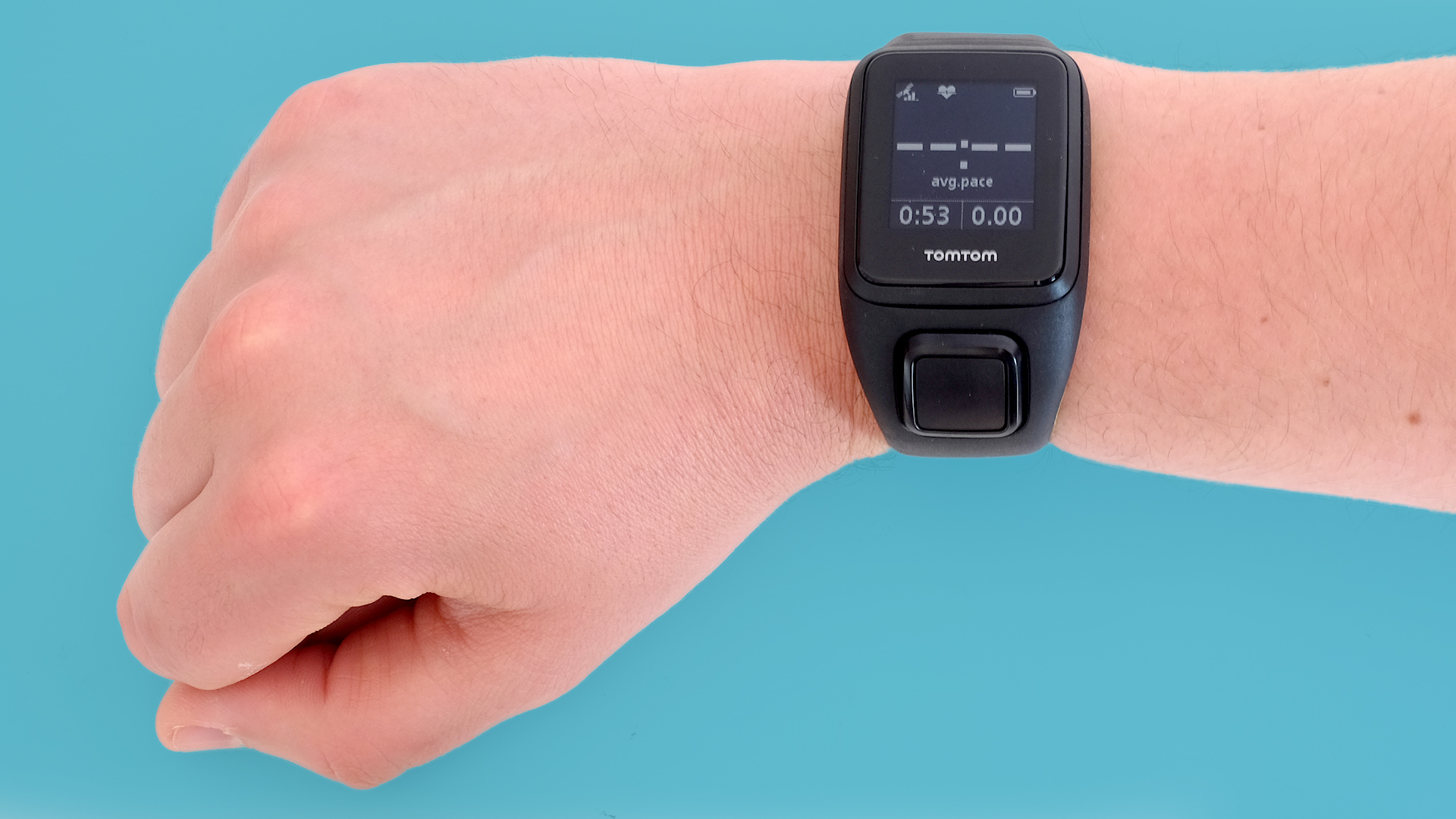
Looking through the TomTom Runner 3’s tracking screens is a reminder of what separates a proper run tracker from an Android Wear watch with GPS. There are loads of metrics right there at your fingertips. Scrolling up and down just changes the main one you see. Calories, distance, heart rate, time and pace are some of the options.
However, there are five extra screens available when you scroll right. As well as a compass and a drawn scrawl of the route taken so far, you can look at heart rate graphs, see which heart rate intensity category you’re in and see a breakdown chart of your heart rate intensity so far.
It’s serious stuff when you consider a basic step tracker like the Fitbit Flex 2 costs $99.95, £79.99, AU$149.95. There’s a lot more depth here.
Given how much data is here, the TomTom Runner 3 makes navigating around it very intuitive. With a touchscreen and gestures, you’d be far more likely to end up tangled.
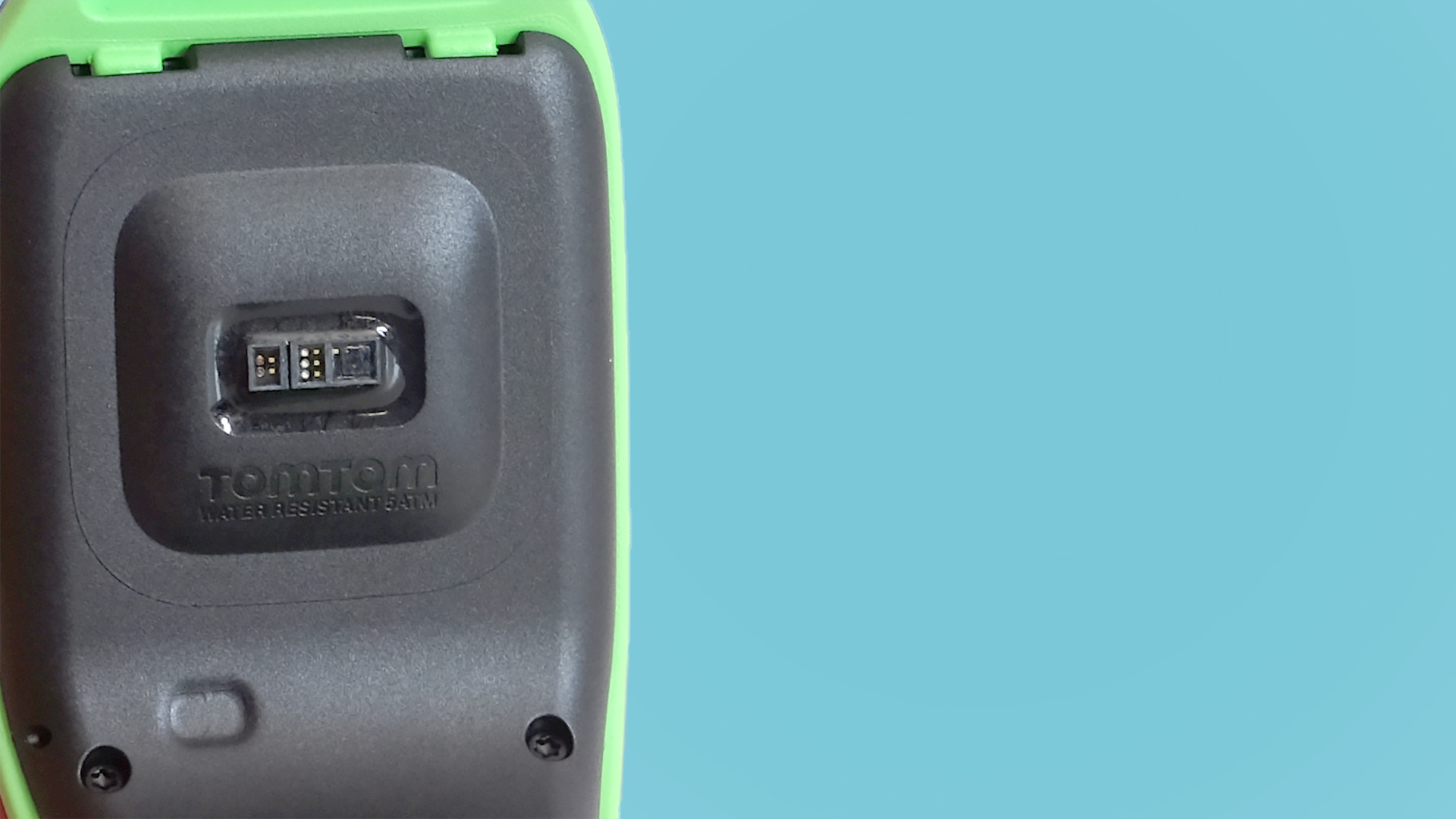
Looking at how the TomTom Runner 3 tracks your runs, there’s clear smoothing-out of routes and snapping to roads rather than using pure GPS data. You end up with great-looking route maps, and every tracked walk and run seemed a good approximation of the route taken, but we’d call the accuracy good rather than sensational.
The algorithmic approach works very well for the optical heart rate sensor on the underside. Many wrist-worn sensors are notoriously sketchy, but after the first minute or so of tracking the TomTom Runner 3’s actually seems fairly good for largely consistent cardio activities like running.
Using it set to its Gym mode with an elliptical machine’s heart rate sensors for comparison, the results were within a BPM or two most of the time. With low-intensity exercise the Runner 3 did on occasion measure the rate as far too fast at certain points, though. It’s not perfect but is good enough to be useful.
Of course, it’s still not a patch on a good chest sensor, but the TomTom Runner supports HR chest straps and bike cadence sensors. However, it doesn’t support the popular ANT+ standard, just Bluetooth. This restricts your choice a bit.
Current page: Specs, performance and fitness
Prev Page Introduction, design and display Next Page Compatibility, app and battery lifeAndrew is a freelance journalist and has been writing and editing for some of the UK's top tech and lifestyle publications including TrustedReviews, Stuff, T3, TechRadar, Lifehacker and others.
